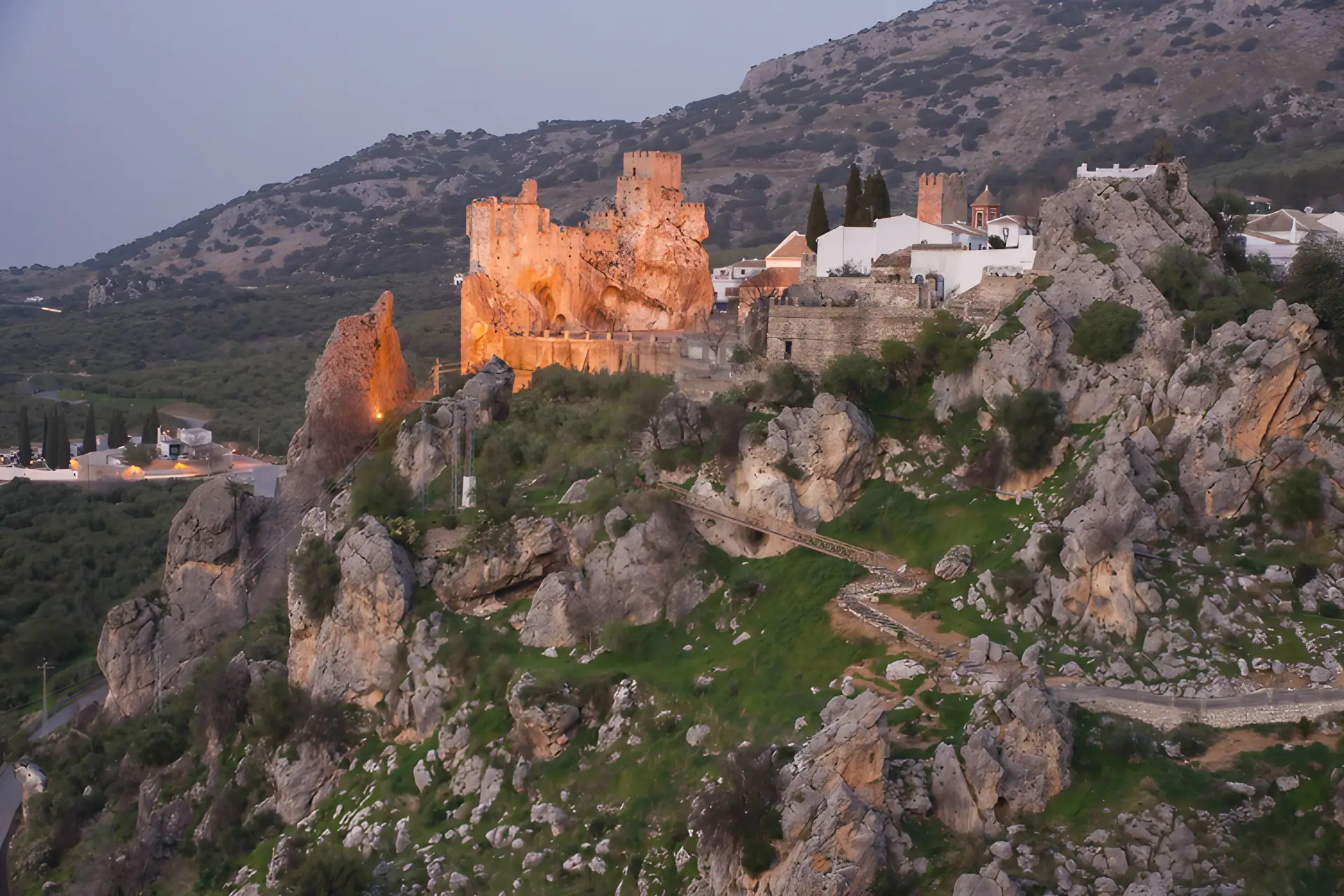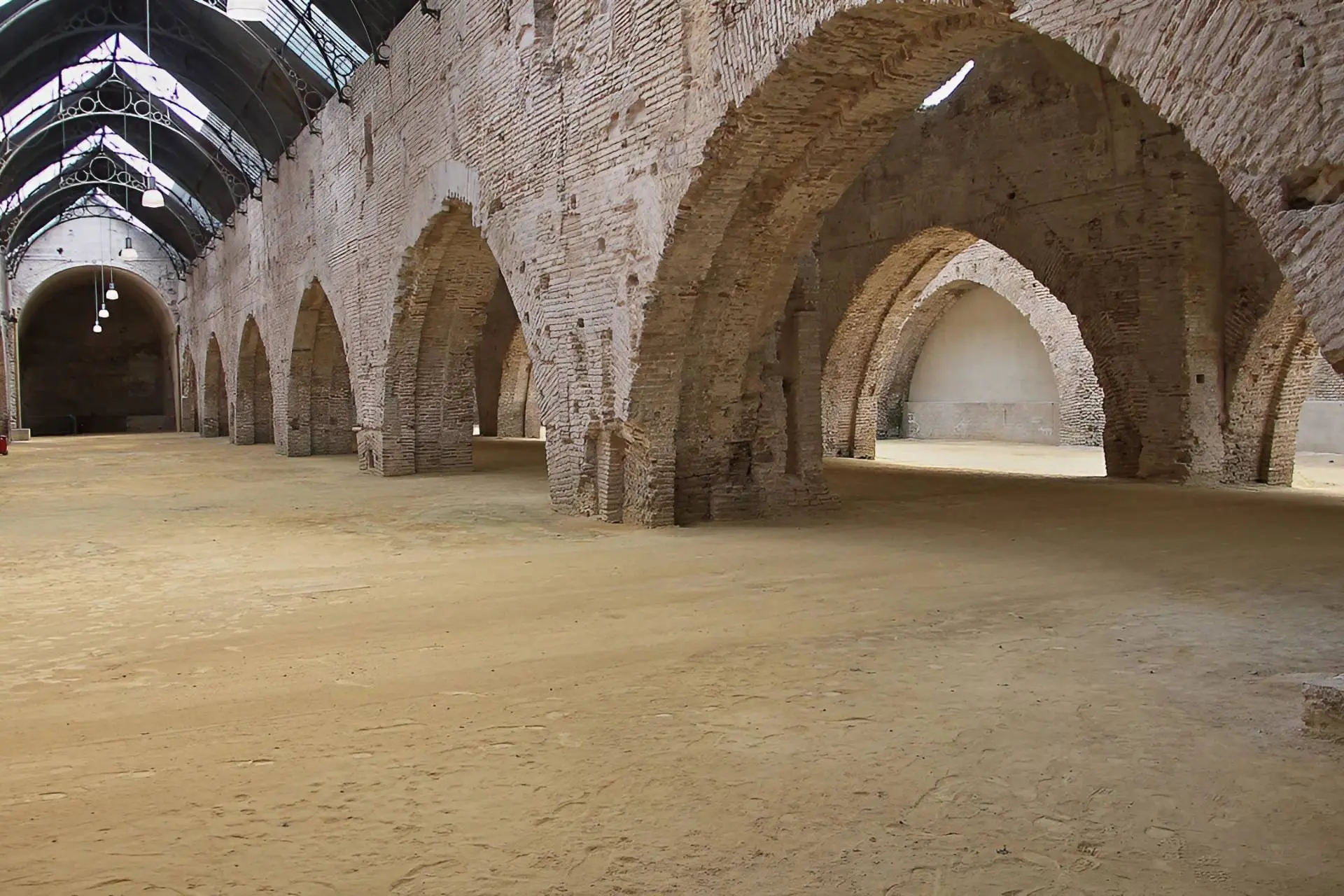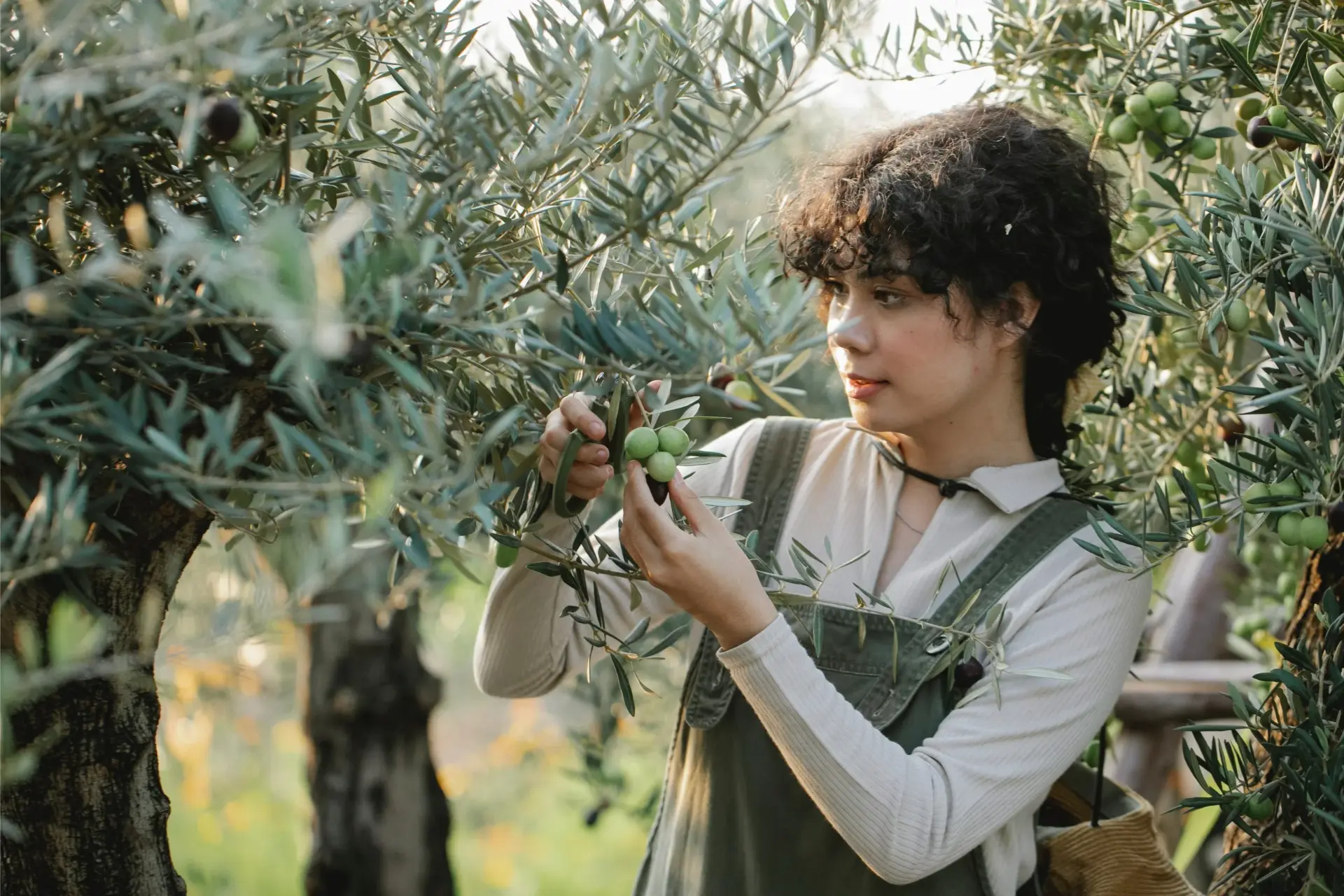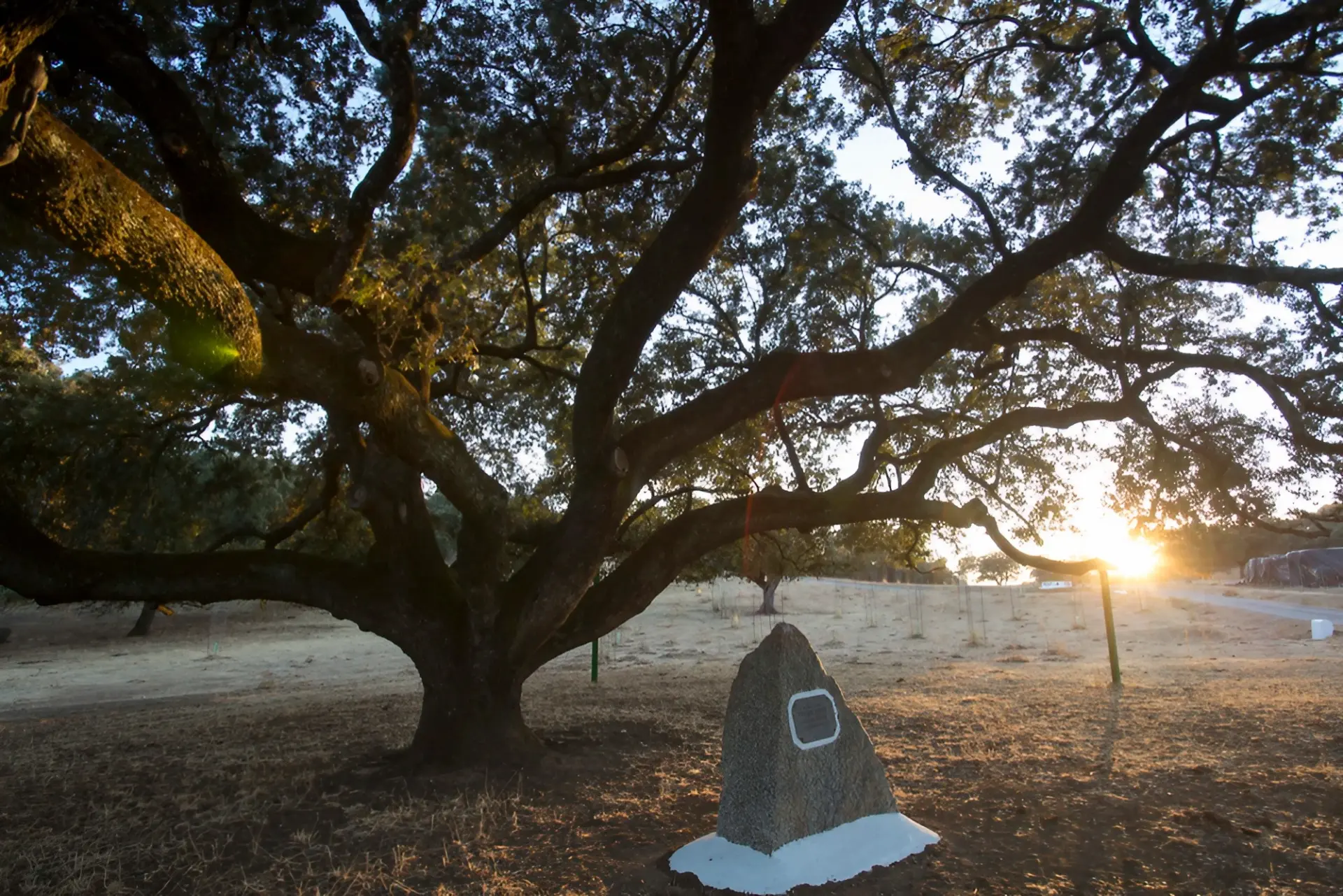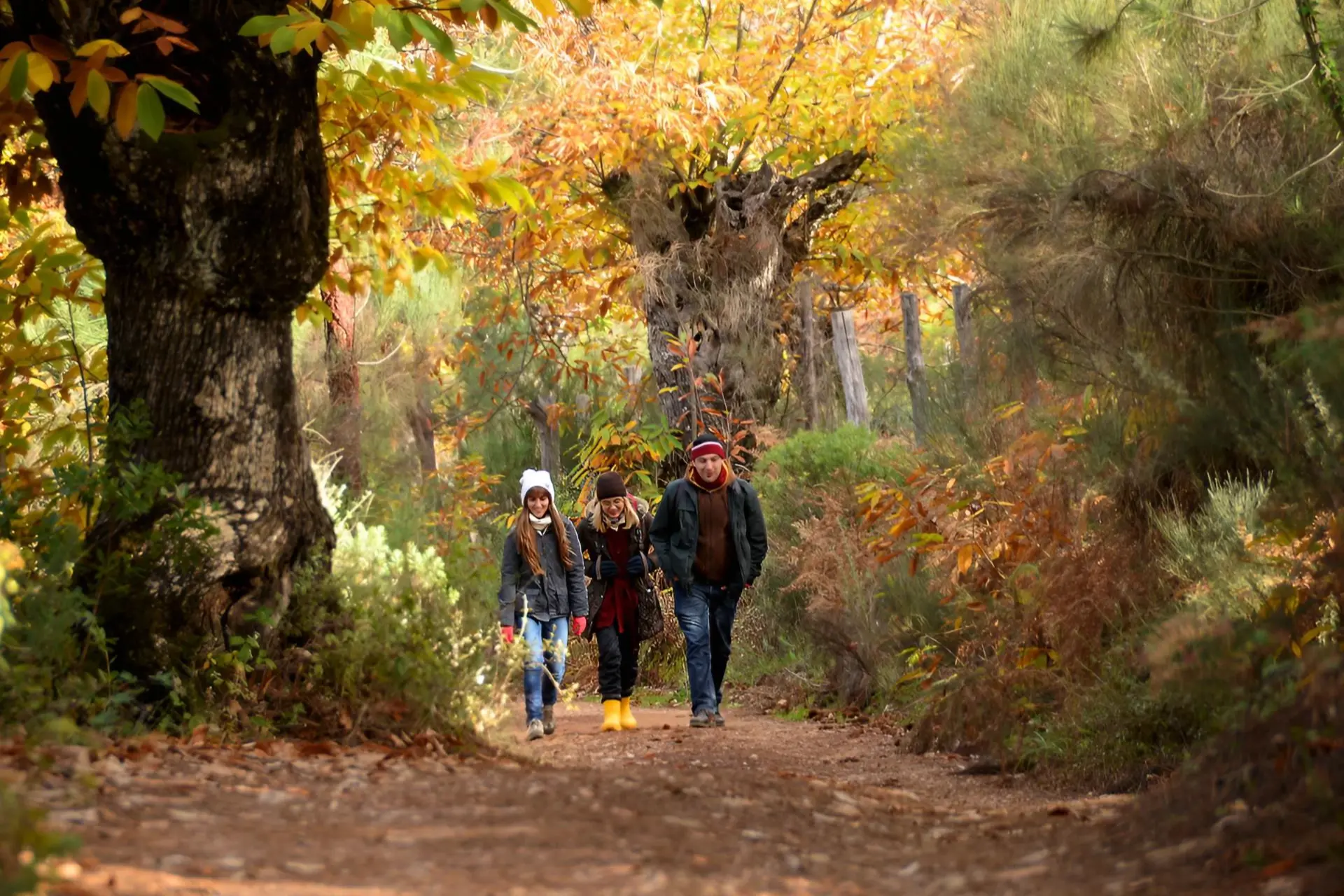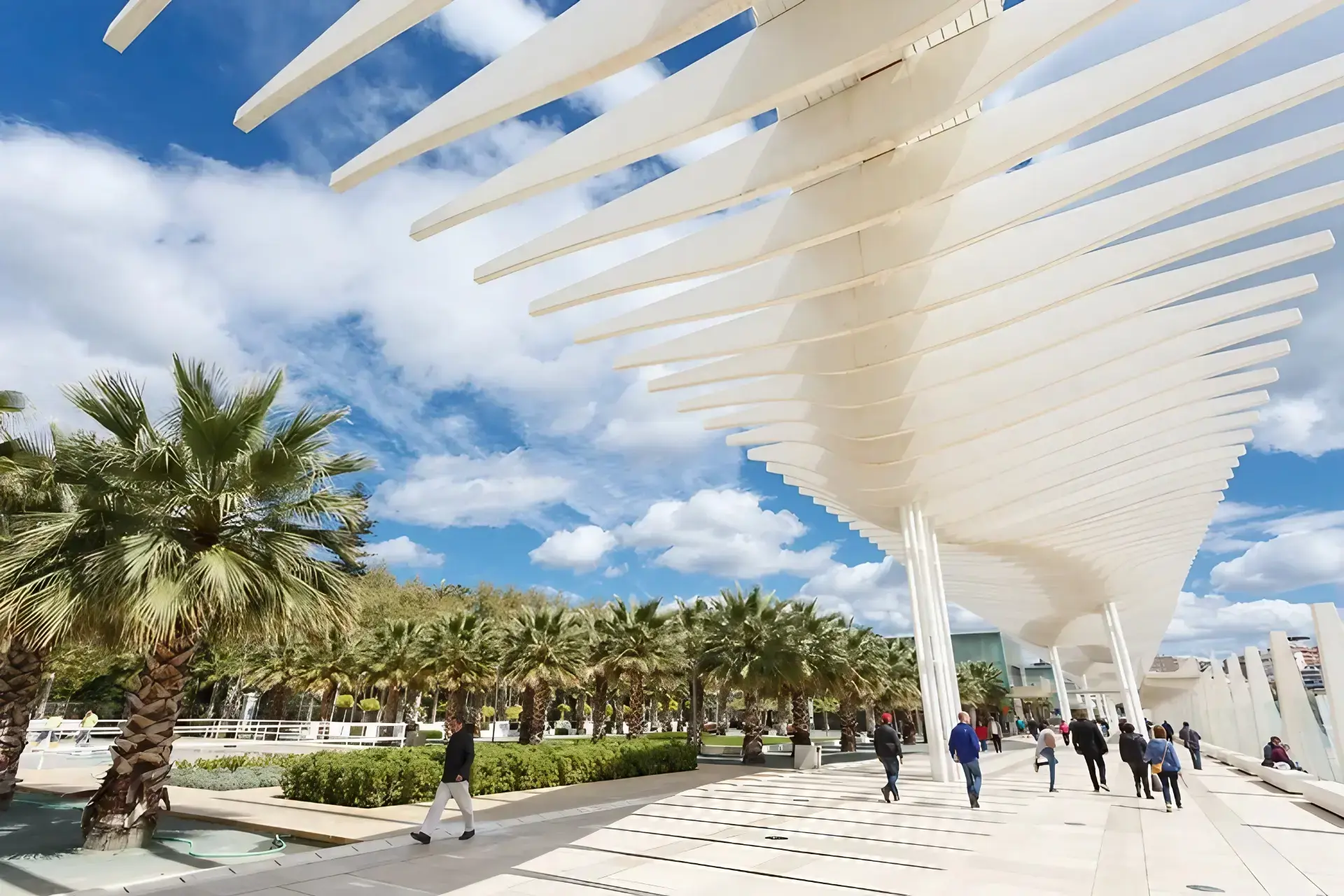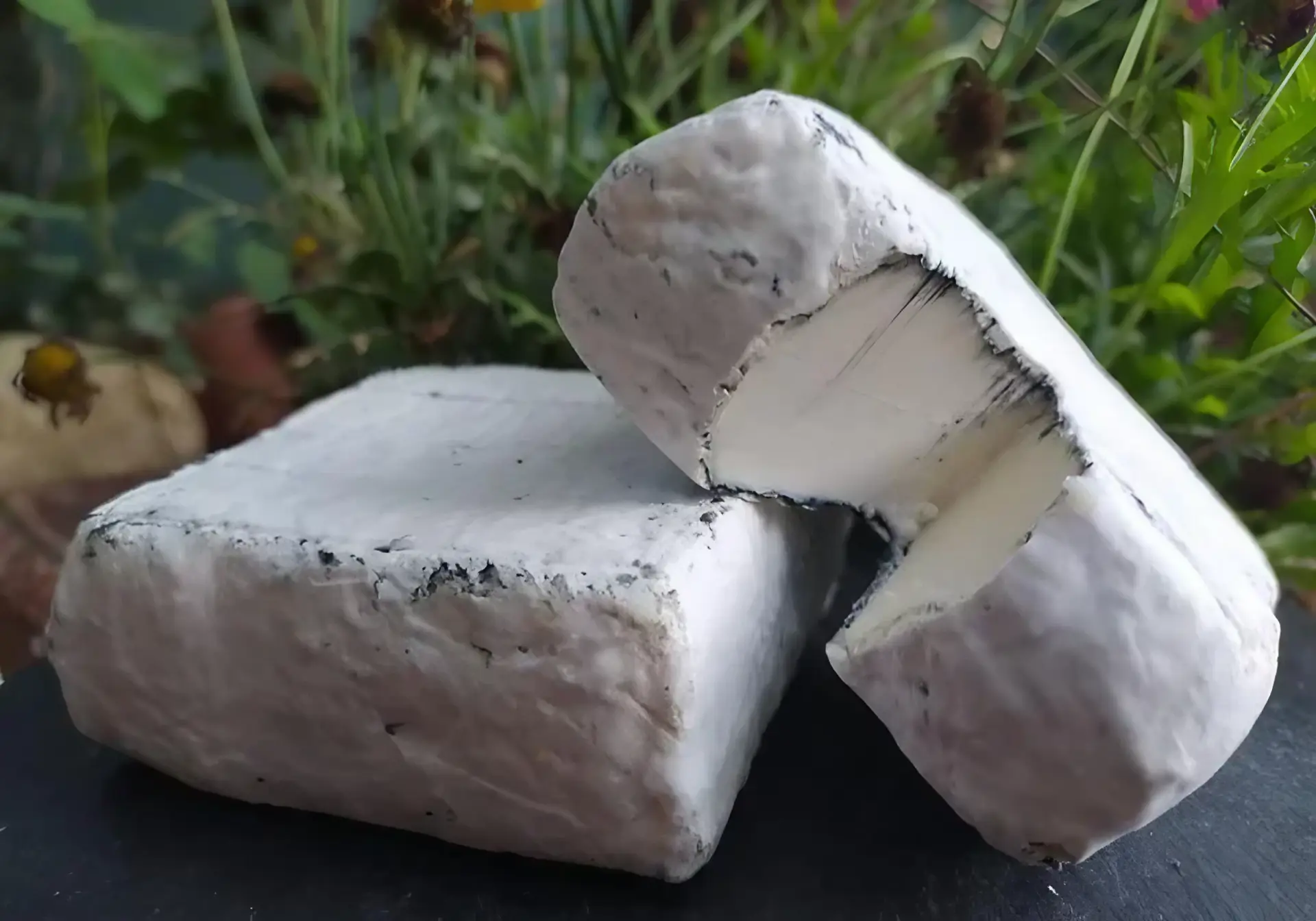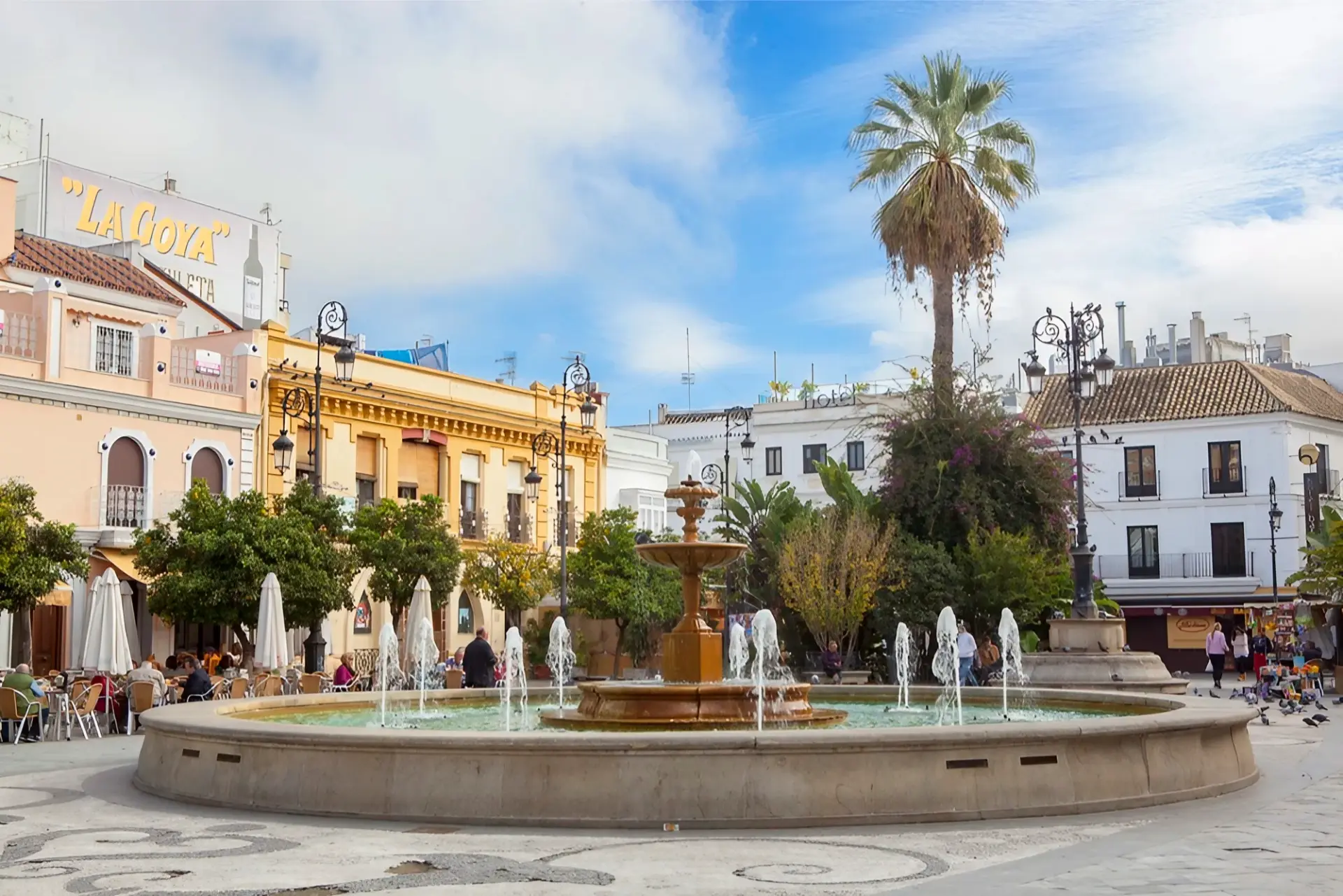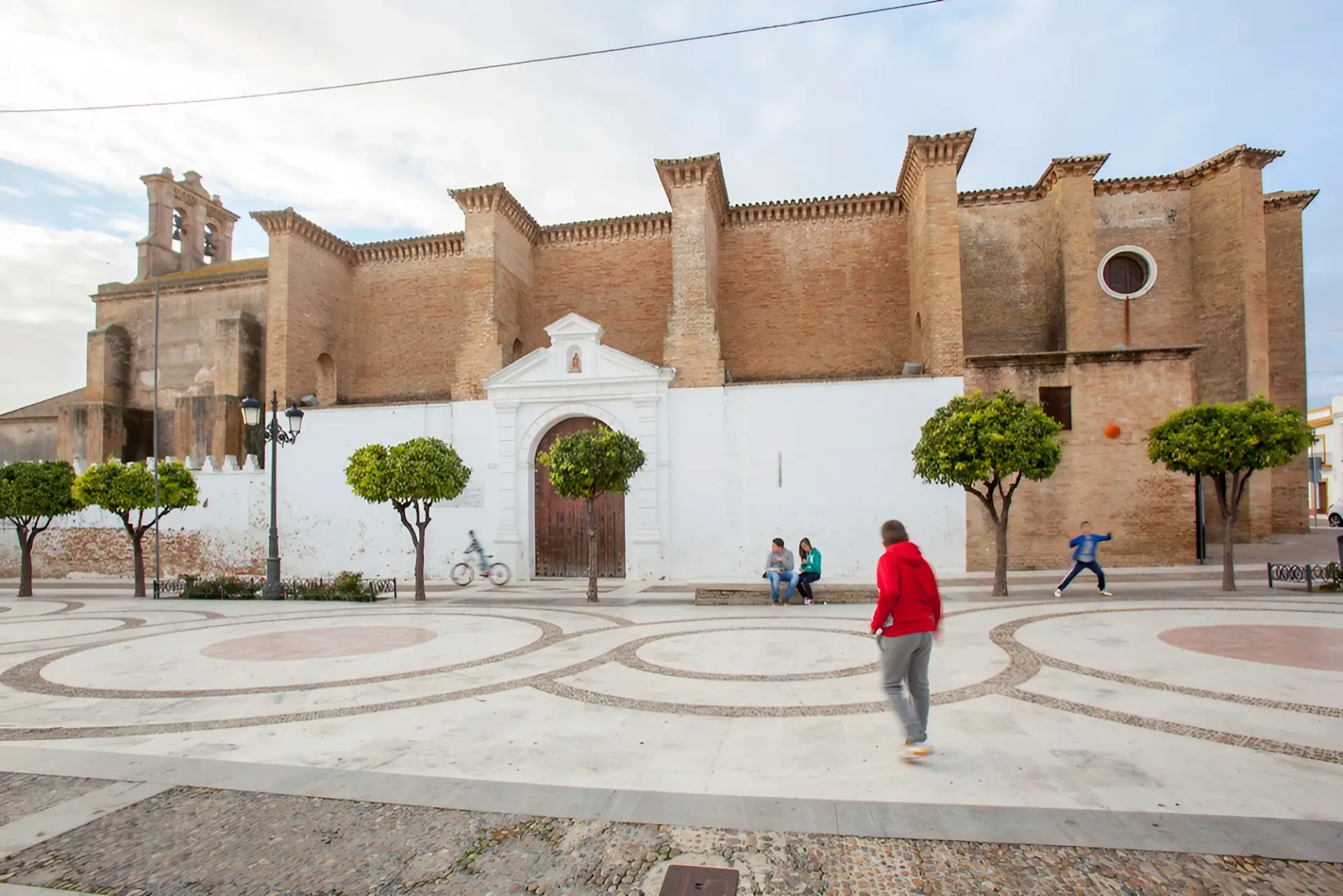Among Andalucia’s many cultural and historical treasures, the cultivation and production of olives hold a special place. The olive tree has been an integral part of Andalucia’s history and culture for centuries, shaping the region’s identity and economy.
Let’s take a journey through time and taste, exploring the history and culture of olives in Andalucia.
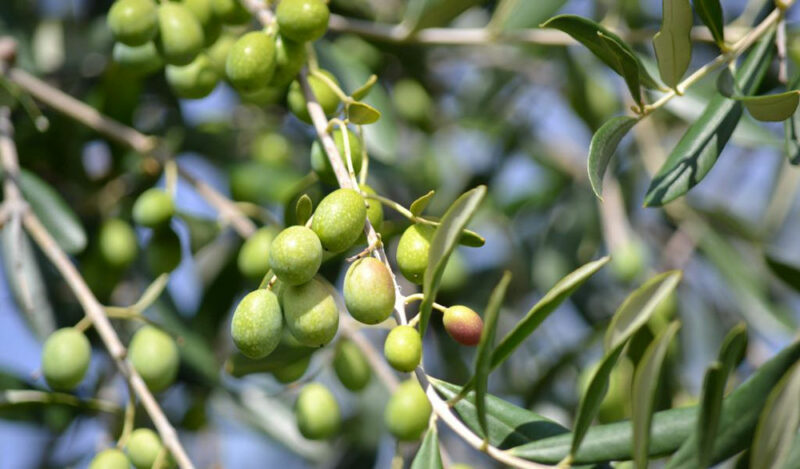
Olives: Thousands of years of history
The history of olive cultivation in Andalucia dates back to antiquity, with evidence of its presence dating to the Phoenician and Roman eras. These ancient civilisations recognised the value of the olive tree for its fruits, oil, and wood.
Over time, the Moors, who ruled the Iberian Peninsula for nearly 800 years, further advanced olive cultivation techniques and introduced various olive varieties to the region.
One of the most iconic olive varieties in Malaga is the “hojiblanca” (white leaf), prized for its fruity and slightly bitter taste. The “picual,” “verdial,” and “lechín” are other prominent olive varieties cultivated in the region. These diverse cultivars contribute to the wide range of flavours and aromas found in Spain’s olive oils.
The olive harvest: A time-honoured tradition
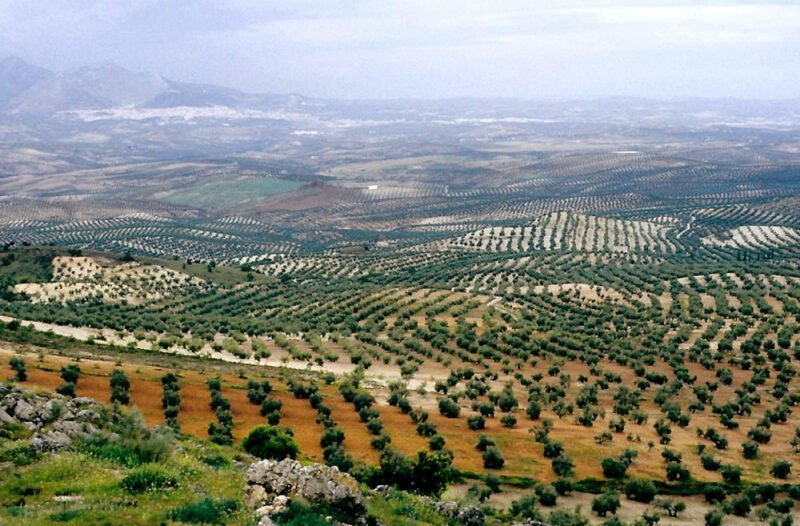
The olive tree is not just a source of sustenance but also a symbol of abundance and vitality. Even in the height of summer, the sprawling olive groves provide blobs of green in an otherwise arid landscape.
Every year, from September to early December, the rural communities of Andalucia come alive as the olive harvest takes place. Families and communities gather to pick the fruit, using both traditional and modern methods.
One of the most important events during Seville’s olive harvest season is the “Fiesta del Verdeo,” which takes place in September, from the second Wednesday to Sunday of the month. This festival marks the beginning of the harvest. The name comes from the fact that the valuable olives are harvested when they are not yet fully mature and have a characteristic green colour.
Making a song and dance over olives?
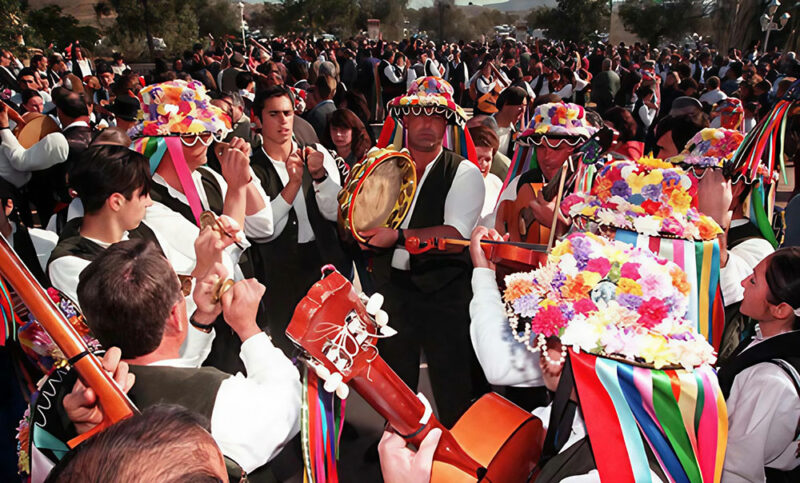
If you’ve ever visited Malaga province during the autumn and early winter, you may well have seen the Verdiales musicians and dancers. It is believed it derives its name from the province’s olive groves and in particular from the variety of olive grown in Axarquia: the verdial de Velez.
Verdiales are the oldest folklore in Europe. The origins of this form of fandango are thought to have come from Crete almost 3,000 years ago. Performed by a group of musicians known as a Panda de Verdiales, the performers use a variety of instruments including guitars, violins, drums, tambourines, and the Bandurria, which is an Arabic instrument similar to the mandolin.
The verdiales is danced by couples and groups supported by musicians who have floral hats and coloured ribbons pinned to their clothing. The dance and music have an upbeat feel and will certainly make you smile when seen.
The Fiesta Mayor de Verdiales in Malaga is on 28th December, the day of the Holy Innocents.
The culinary delights of Andalucia’s olives
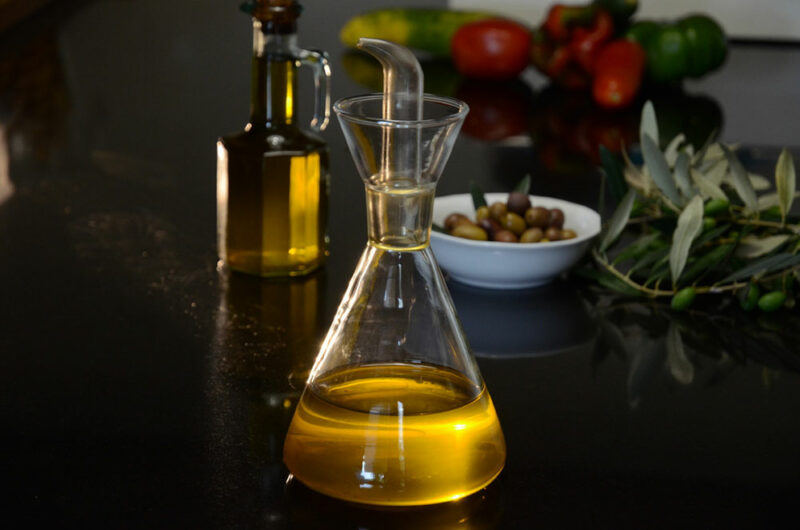
The olives find their way into a wide range of traditional dishes, each celebrating the unique flavours and textures of these beloved fruits. One of the most famous olive-based dishes is “ajo blanco,” a cold almond soup served with green olives. The creaminess of the soup is beautifully complemented by the briny, slightly bitter notes of the olives.
Another delightful dish is “ensalada malagueña,” a refreshing salad made with oranges, potatoes, cod, hard-boiled eggs, and olives, all drizzled with olive oil.
Olive oil, or “aceite de oliva,” is perhaps one of the most significant culinary treasures of the region, with exceptional quality and distinct flavour profiles. These oils are used not only for cooking but also for dipping bread, dressing salads, and enhancing the taste of countless dishes.
It is surprising just how distinctive the flavours of the oil are, ranging from floral to tangy. A personal favourite of mine comes from Periana in the Axarquia (east of Malaga). The hillside town celebrates the Día del Aceite Verdial (Verdial Olive Oil Day) in spring when the harvest season is over. This is the latest in the Malaga province and accounts for the distinctive taste of the town’s oils.
The Olive Oil Route – Taste the difference

For those eager to explore the world of olive oil in Malaga, the “Ruta del Aceite” (Olive Oil Route) offers a captivating journey through the province’s olive groves and mills. Visitors can learn about the olive oil production process, from harvesting to pressing, and sample some of the finest oils produced in the region.
The tasting experience is a sensory adventure, and the passionate producers are always eager to share their knowledge and expertise.
With Toma & Coe, you can enjoy your very own experience at an olive farm. The day trip involves a scenic drive through the interior Andalucian countryside to the olive farm nestled beyond the charming town of Archidona. Learn about the processes from cultivation to bottle, before sampling different oils in a guided tasting session.
Discover more about the Olive Farm tour.
Olives – Shaping Andalucia’s history and culture
Andalucia is a land of ancient olive groves which have shaped the history, culture, and culinary traditions of the region. As you explore the region, you’ll not only savour the rich flavours of its olives and olive oil but also gain a deep appreciation for the traditions that have kept this ancient industry thriving.

